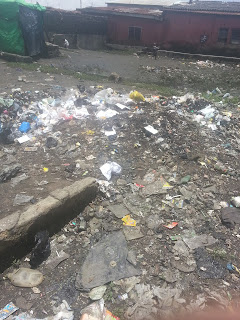World Environment Day - Decade of Ecological Restoration

Planting of Mangrove Seedling Wetland Ecosystem Restoration Photo Credit @izucals Every year, the world celebrates 5th of June as World Environment Day. This is a day set aside by the United Nations (UN) to remind us on the need to protect, conserve and use environmental resources sustainably. In marking this day a theme is usually set for the yearly event and this year's theme is Ecosystem Restoration, with special focus on creating good relation with nature. This year's event is significant because it marks the beginning of the United Nations Decade on Ecosystem restoration. The UN will over the next ten years (2021 - 2030), support countries, organizations and people who are determined to restore or rehabilitate degraded ecosystems around the world. Preventing natural ecosystem from degradation is also vital and would be a crucial part of this campaign. This effort is geared towards achieving the United Nations Sustainable Development goals, and also reducing the impact o...



